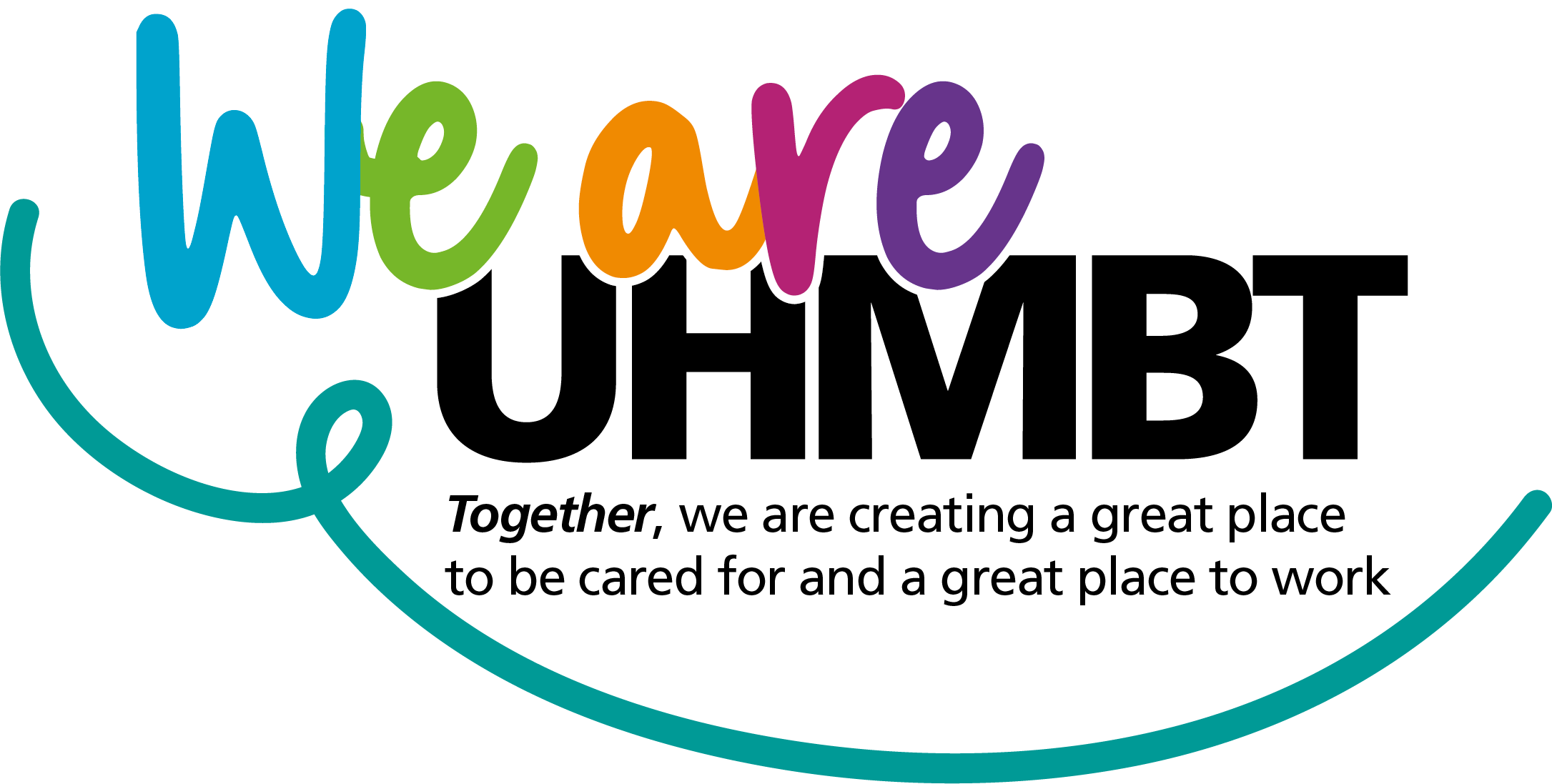People infected with COVID-19 can have very mild or no respiratory symptoms (asymptomatic) and can transmit the virus to others without being aware of it.
In line with recent recommendations from the World Health Organisation, we have introduced new measures at UHMBT to keep visitors, patients, and staff safe.
You need to wear a face covering when you come to hospital as a visitor or outpatient.
What does this mean for me?
We can all play a role in reducing the spread of coronavirus and keeping our hospitals safe. If you are coming to hospital as a visitor or for planned outpatient care, it is important that you wear a face covering at all times. This is for your safety and the safety of other patients and staff.
Face coverings can be cloth and/or homemade, and advice on how to wear and make one can be found on the government website. Face coverings worn as part of religious beliefs or cultural practice are also acceptable, providing they are not loose and cover the mouth and nose.
We are asking that you plan in advance and bring a face covering with you whenever possible, but if you do not have one available when you come to hospital, please see a member of staff on arrival and we will provide you with one.
If you are currently shielding and have been provided with a surgical face mask for your appointments, please continue to use this. If you have not been provided with a surgical face mask, you should wear a face covering.
For some people, wearing a face covering may be difficult due to physical or mental health conditions. In these instances, other measures will be considered on a case by case basis, for example timed appointments and being seen immediately on arrival.
If you are a deaf or hearing impaired, our staff have a range of communication options to ensure that they can communicate effectively with you. This might include the use of clear masks where possible, as well as visual aids such as writing things down, speech to text apps and sign language.
All visitors will be expected to comply with existing social distancing and hand hygiene measures in addition to the face coverings while in the hospital setting.

